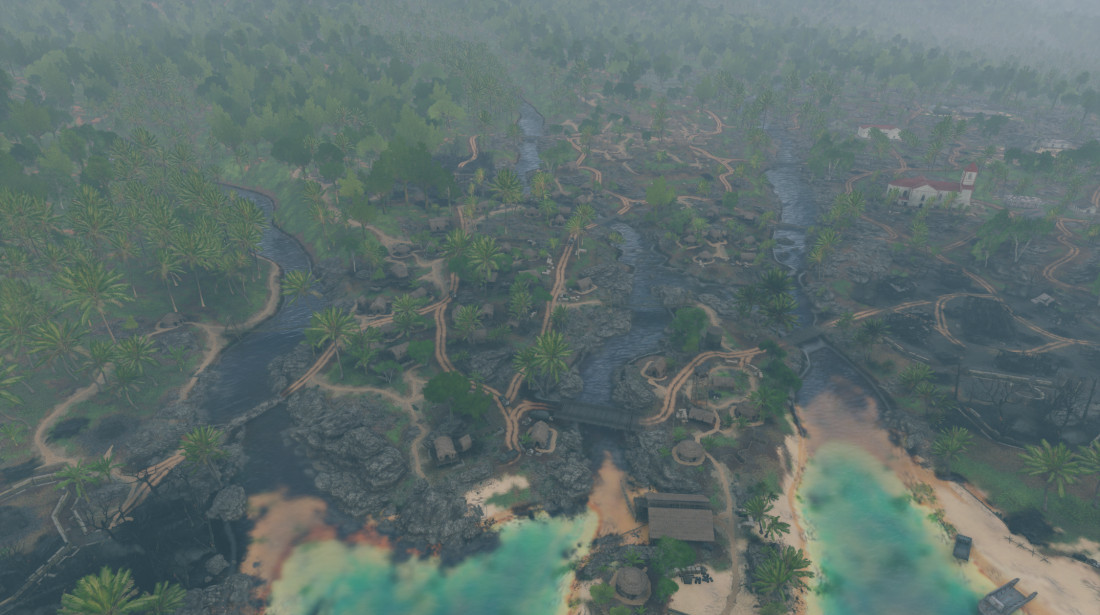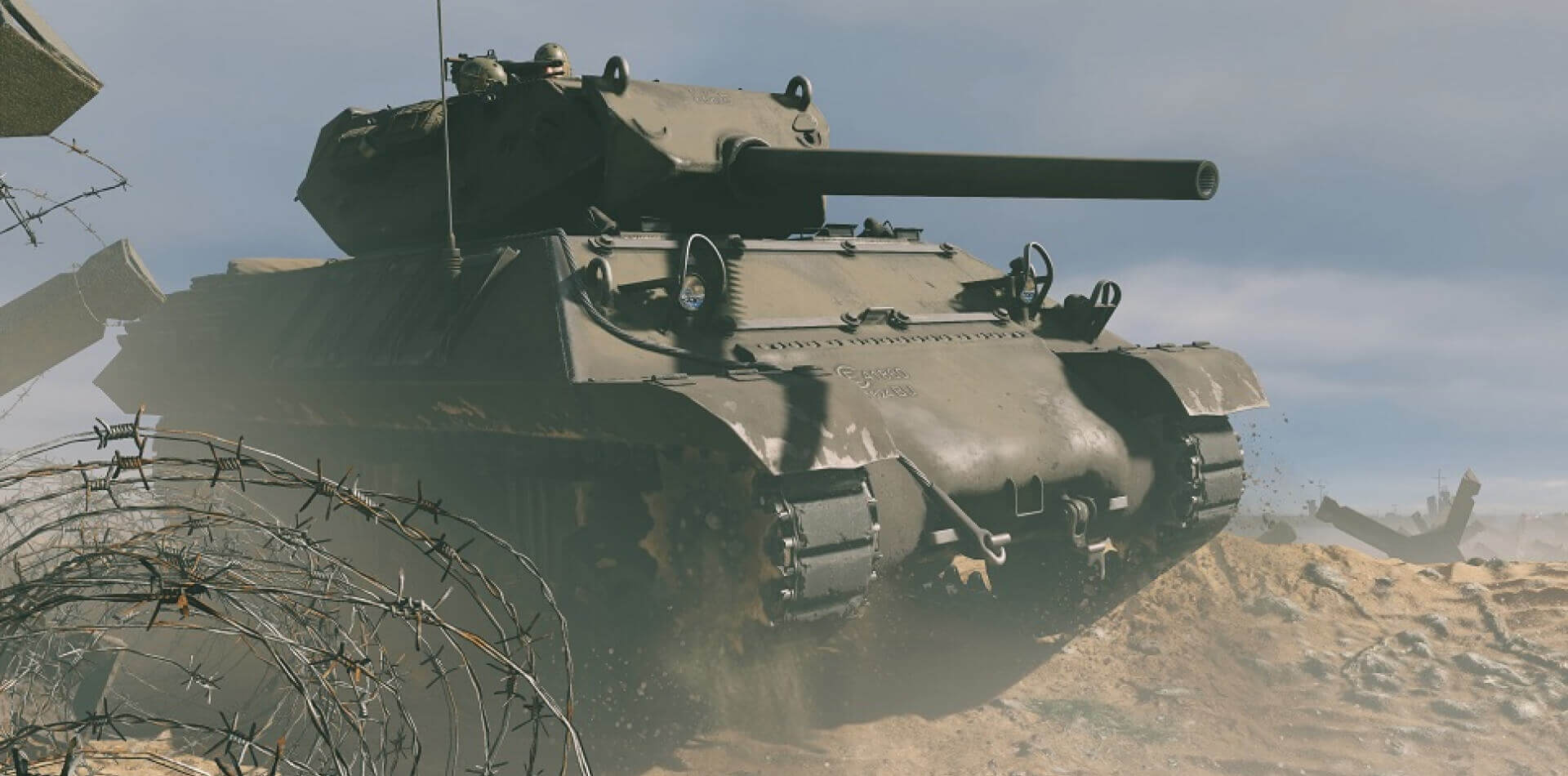Optimized and Improved Graphics
Once the "Pacific Ocean" update is released, Enlisted will welcome you with some technical improvements as well. We've improved vegetation, smoke effects and all surfaces of water.
But before we tell you about the graphical improvements, we would like to go into some optimizations we’ve made to improve the usage of CPU resources on all platforms. Not only will Enlisted be more beautiful, but also more efficient!
The goal: 120 FPS (new generation) / 60 FPS (previous generation)
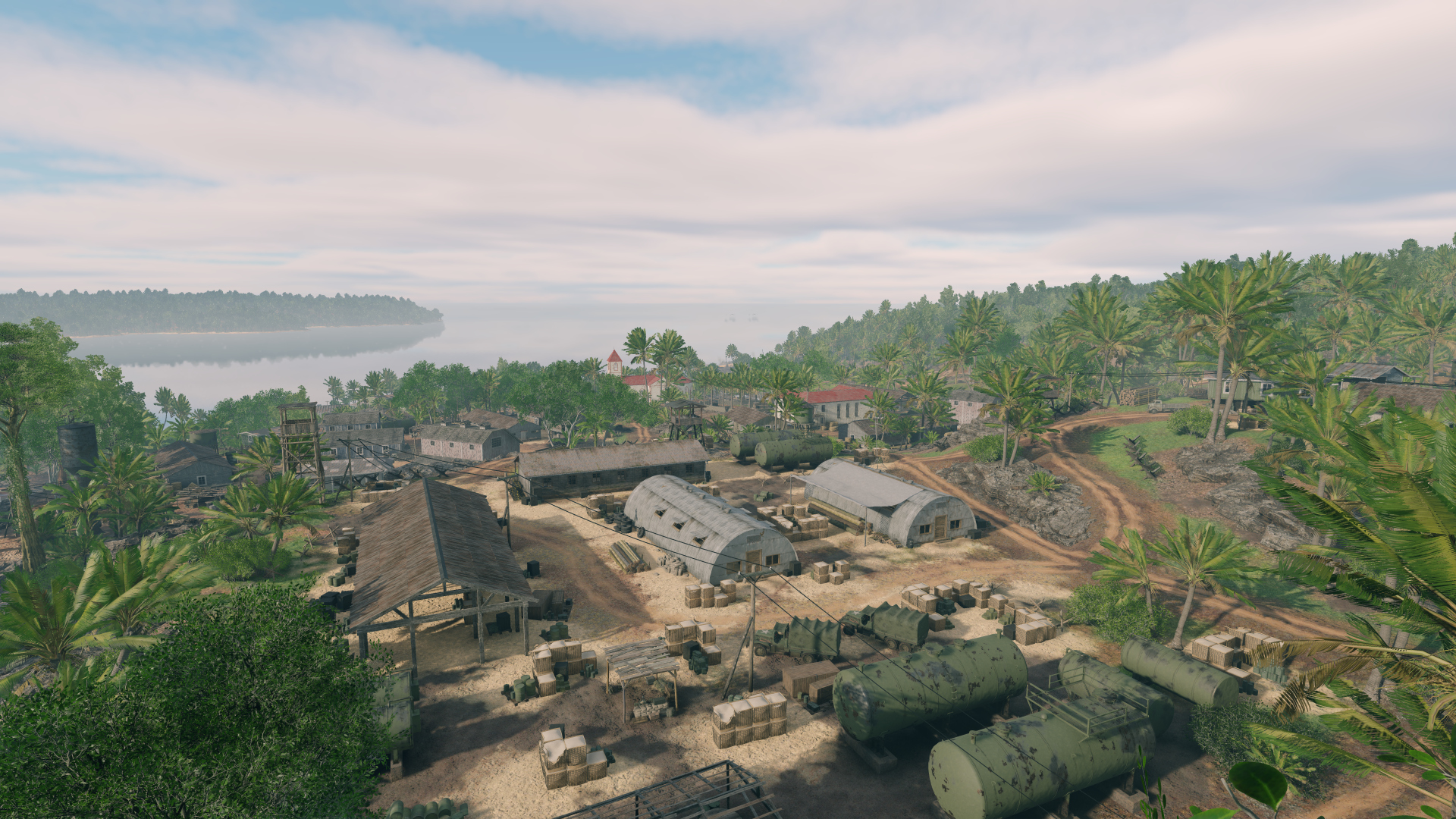
Each player of course manages a squad in Enlisted, and so there are hundreds of soldiers in the action at all times. In large-scale battles, you see hundreds of characters shooting, flying, and driving on the screen at all times.
Even before the start of the open testing we knew that a dynamic shooter requires high performance and responsive controls. From the very beginning, our primary goal was to give players good and dynamic gameplay without losing the impressive scale of the battles. That's why Enlisted was initially released only on PC and next-generation consoles — at the time, these platforms supported a pretty steady 60 FPS.
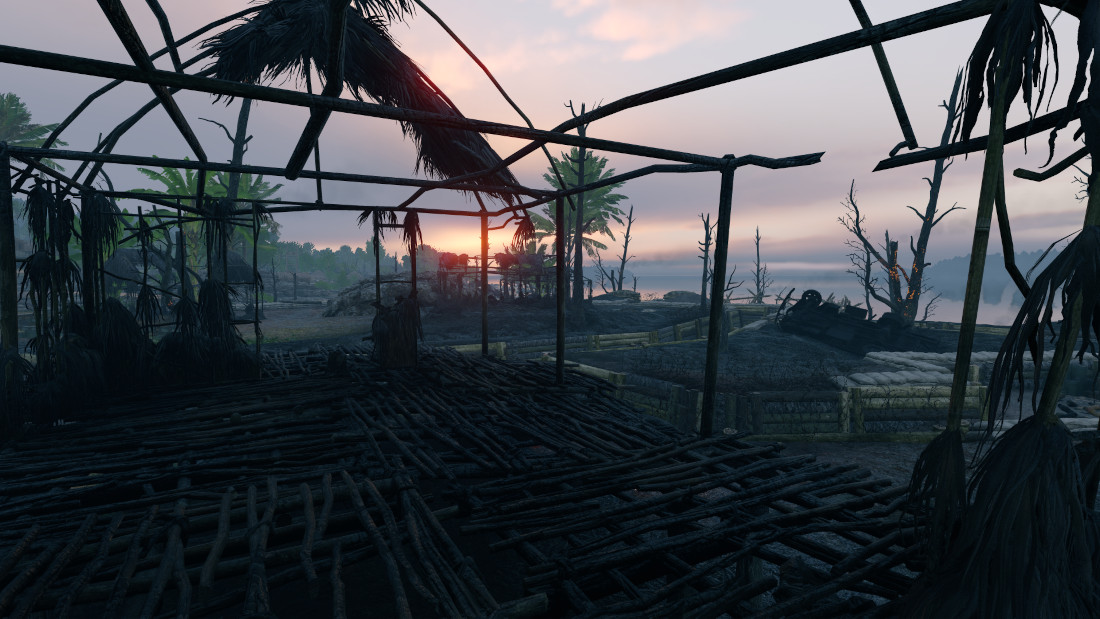
Inspired by the successful launch, we decided to expand the audience and introduce the game on the previous generation of consoles. This path was not an easy one however. To reach even 30 FPS, we had to spend multiple months working just on optimization alone — but as a result the game arrived on these platforms in Autumn of 2021. The requirements for a stable frame rate were strict, and we even limited some locations where the performance was below the stable 30 FPS mark. Obviously, we needed to do more, and we worked on it.
After a year of steady optimization work, Enlisted is getting closer to the coveted stable 60 FPS mark on previous generation consoles and 120 FPS on all modern consoles (in "High Performance" mode. In “High Quality” mode, our initial goal was a stable 60 FPS on the current generation and 30 FPS on the previous generation, and — spoiler — it has already been successfully achieved!)
Part of what we've already achieved is that Xbox Series X shows a stable 120+ FPS in Native 4k UHD! But we want to see the same performance on other next-gen consoles (Xbox Series S and PlayStation 5), even with no Variable Refresh Rate.
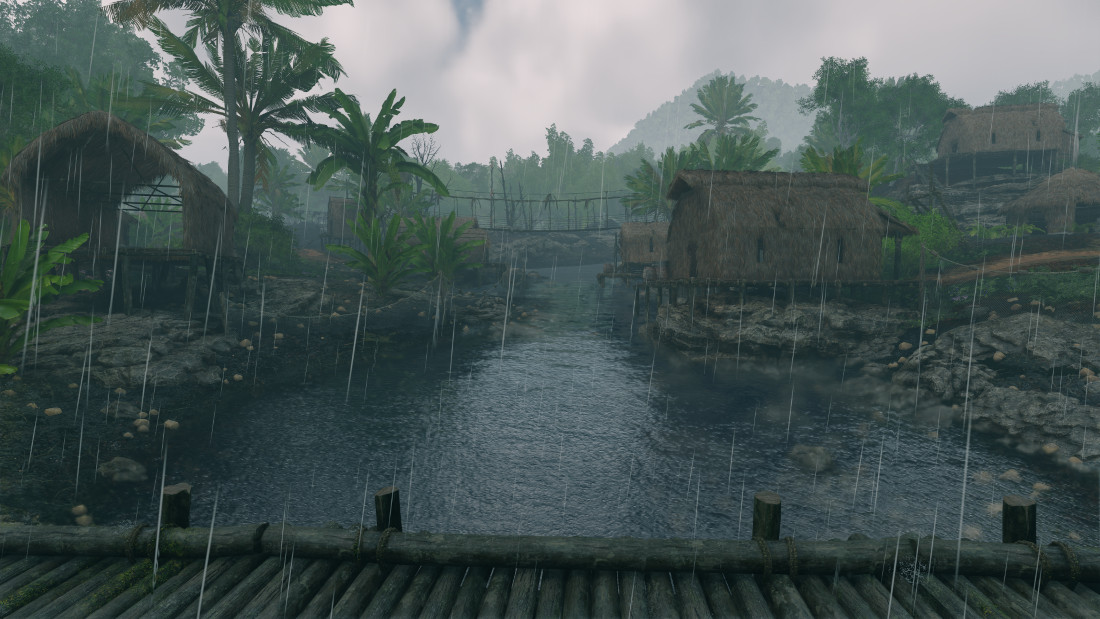
And of course, PC players will also feel the benefits of the work we’ve done, and many more, because the optimization on PC allows us to expand the audience of the game. Providing a game with a stable and comfortable FPS even on a comparatively weak notebook PC, or any other similar machine.
In addition to optimization, which improved the average FPS, we paid a lot of attention to eliminating "freezes" (some slow frames). As a result, FPS became not only higher, but also more stable, and this is no less important than the average frame rate in terms of enjoying the gameplay.
We managed to improve game performance without losing image quality or resolution, by improving how multi-threaded CPU resources are used, using memory caches more efficiently, optimizing for GPU architecture, as well as rewriting hot code into other algorithms or just assembly language. All cores are utilized up to 90%, and in no case did we sacrifice input latency or the quality of gameplay or visuals, so higher FPS means more responsive controls and more — not less, varied visuals.
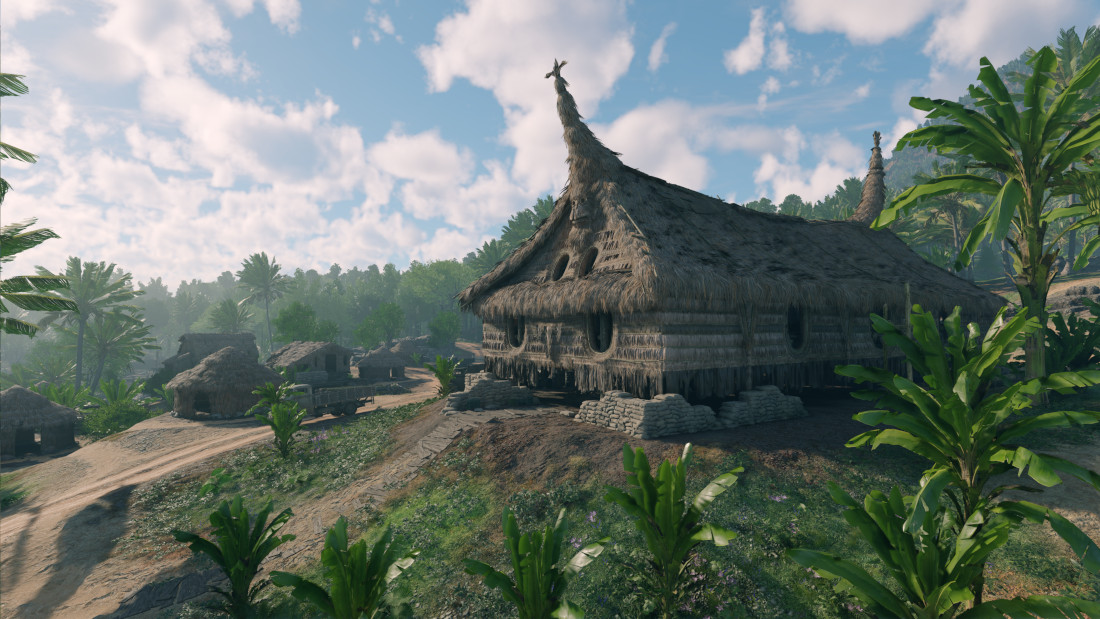
During the process, we also wrote new, better profiling tools, set up auto-testing, and dramatically changed the whole team's attitude towards performance — it's now a part of our development culture and an area the developers are really proud of.
A lot of the game systems have been heavily redesigned in a lot of different ways:
- Some of the logic was moved to the server, this allowed us to lighten the client and at the same time protect against potential exploits;
- Some of the game client calculations are now made only for the player’s current character, rather than trying to calculate for everyone;
- A number of systems have been redesigned so that they can be executed exactly when the last frame is drawn (without affecting the input latency), so that no time is lost in calculating them in the critical path of execution;
- Many systems have also been rewritten using more optimal algorithms and/or data structures.
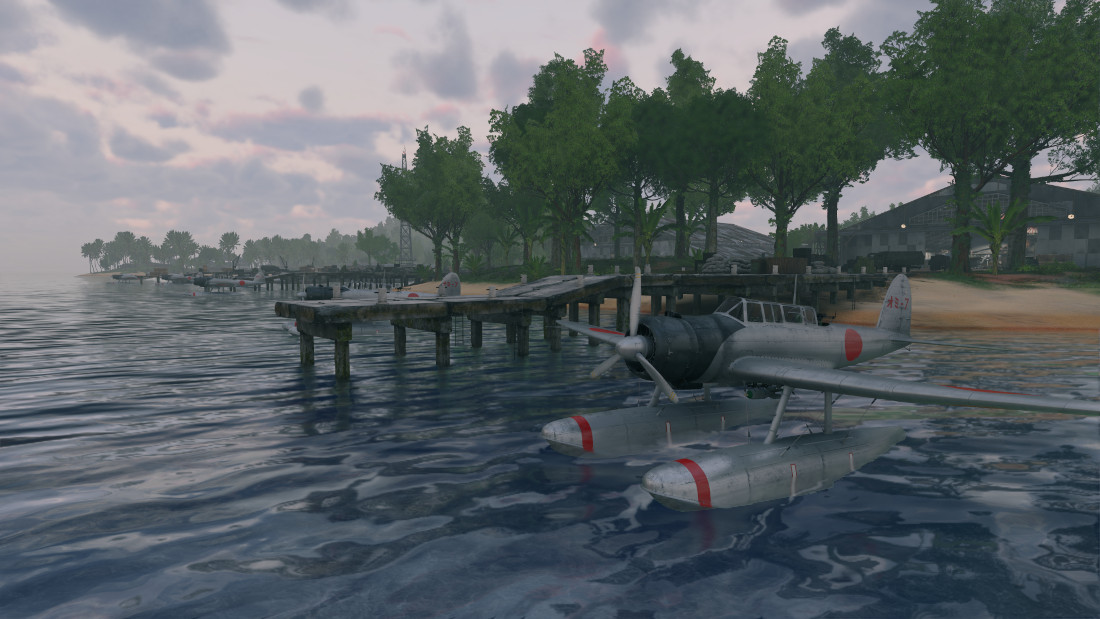
In the future, we’ve planned a further code improvement to achieve better utilization of the target platform's resources, and to increase performance even more. We are confident that we will reach a stable 120 FPS on the two remaining current generation platforms (Xbox Series S and PlayStation 5) by this year (currently the average FPS on Xbox Series S in "High Performance" mode is 110 FPS, so less than 10 left to our goal!).
A steady 60 FPS on previous generation platforms seems to be an achievable goal as well. Right now, the average frame rate on the Xbox One is 52 FPS. Unfortunately, the previous generation lacks VRR support, so we still have some work to do here so that users can enjoy a stable 60 FPS. So far we have not applied dynamic resolution even on these platforms, but we probably will.
Variable Refresh Rate
Unfortunately, earlier TVs and consoles only supported frame rates that were multiples of the refresh rate (otherwise screen tearing would occur). Modern TVs support so-called Variable Refresh Rate (VRR), and both new generation consoles support it as well.
In the previous update we’ve also integrated VRR support in the game, and now, if your TV or monitor supports this technology, you can always play with the highest frame rate possible on PC, PS5 and the Xbox Series — without incomplete display artifacts.
In “High performance” mode the minimum frame rate on the PS5 is over 90 FPS (median frame rate is over 110), so VRR will help you enjoy the game even more.
If the game doesn’t reach 120 FPS at certain times, the frame rate will no longer be limited by 60 FPS due to V-sync, but will instead be as high as possible. On consoles you’ll need to enable VRR in settings, while on PC you’ll need to have hardware that supports VRR.
On the current top Xbox model (Xbox Series X) Enlisted displays a stable 120 FPS, and feels incredibly responsive with VRR, and even without it.
Improved Vegetation
We’ve reworked trees that grow in the distance that help to create the forests on maps. Now they have more realistic shading. Also the trees now need less time to render in, which is another boon to the game’s performance.
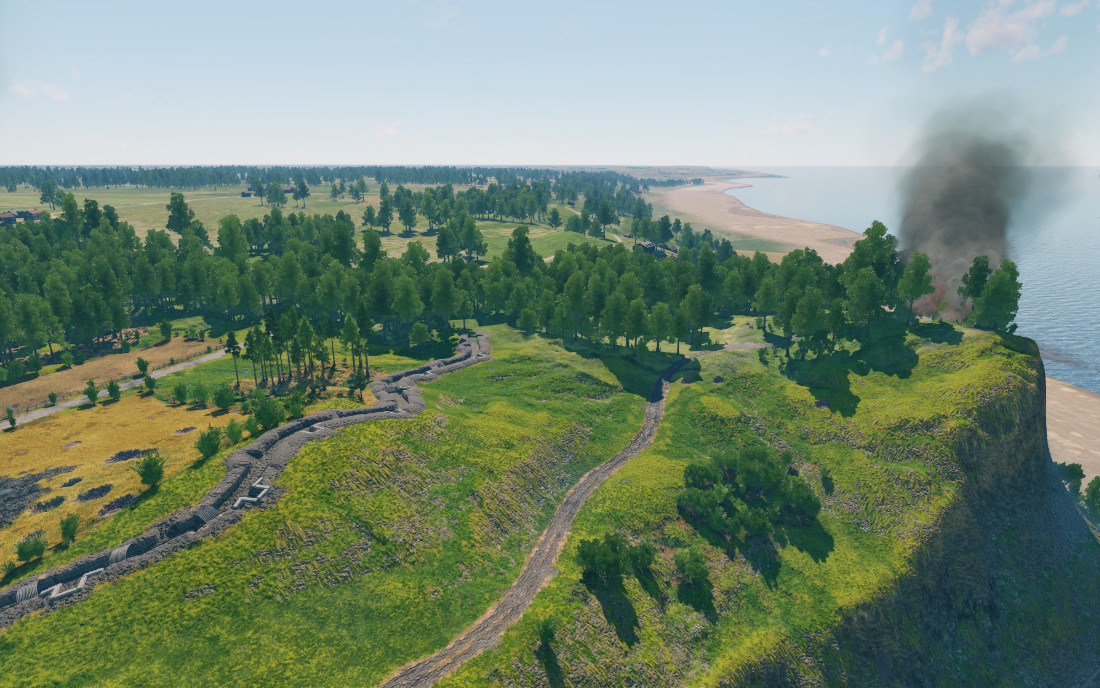
Distant Fog
We've also added a setting to control the quality of fog. Before the game could only display fog close to the player, but now you can enable it for greater distances to enhance the atmosphere of battle even more.
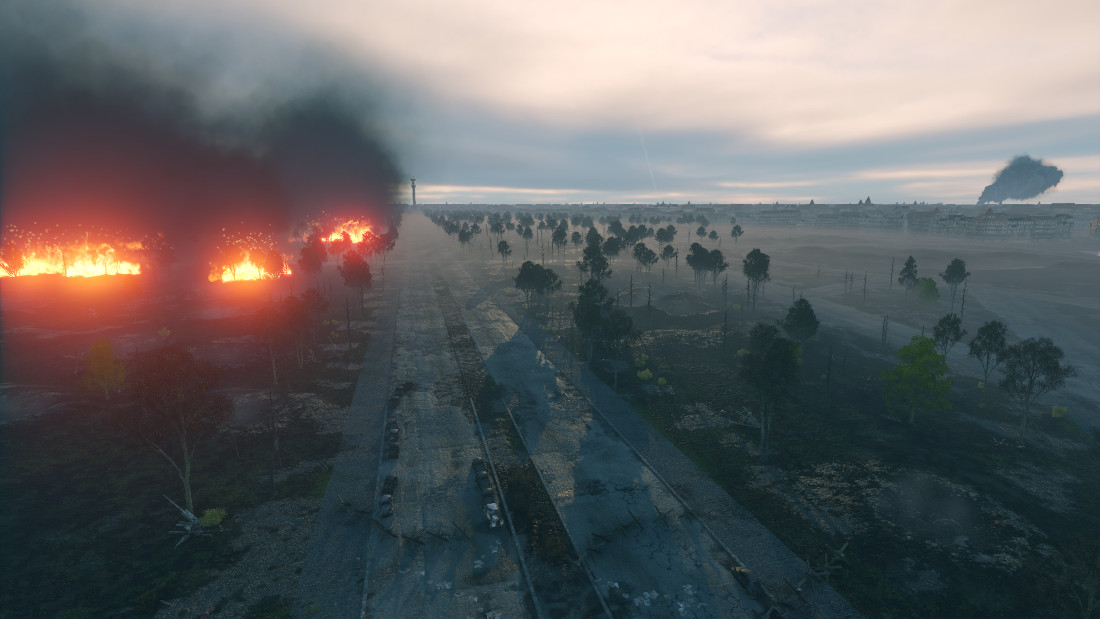
Improved Water Surfaces
There’s a lot of rivers, lakes and open water in Enlisted — not only in the upcoming Pacific campaign, but even near snowy Moscow you may need to brave several water obstacles. Interactions with water play an important role in how the game feels, and we’ve got a full spectrum of improvements in this area.
Reflections
The way the light interacts with the surface of the water and the rules of its refraction and dispersion under water are among the most important aspects regarding water surfaces in the game, and so we’ve done a lot of work on them.
We’ve improved the precision of the reflections a lot. Now on higher graphics settings the reflections won’t be separated from objects that touch the surface.
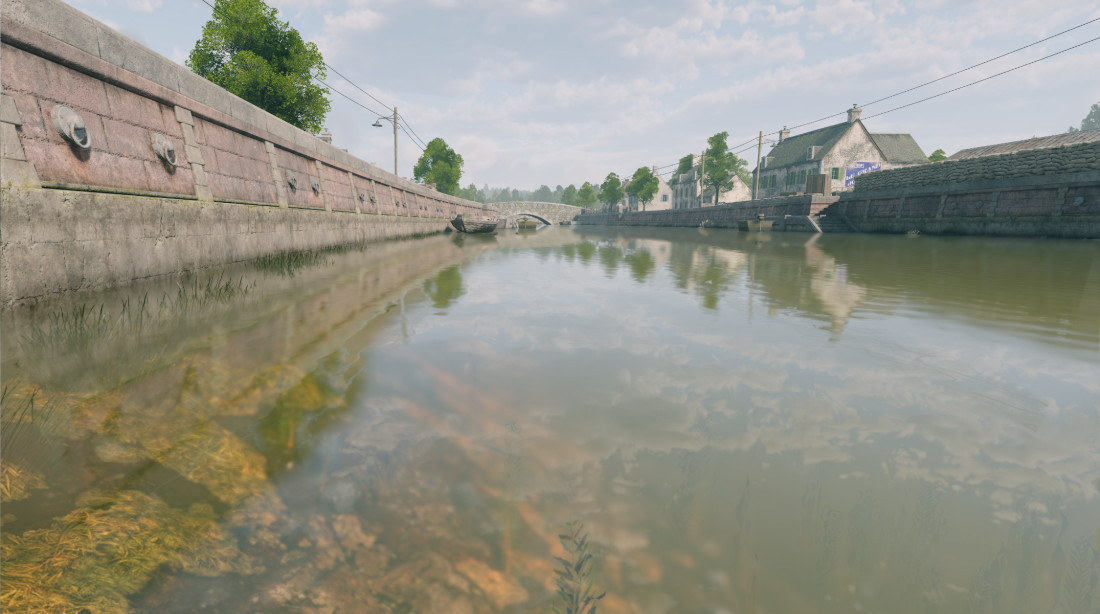
This and other similar details make Enlisted look more and more photorealistic. You’ll be able to notice them on large bodies of water, but also on smaller rivers and even puddles. Reflections will also impress the players who venture beneath the water’s surface: take a look at this bridge.
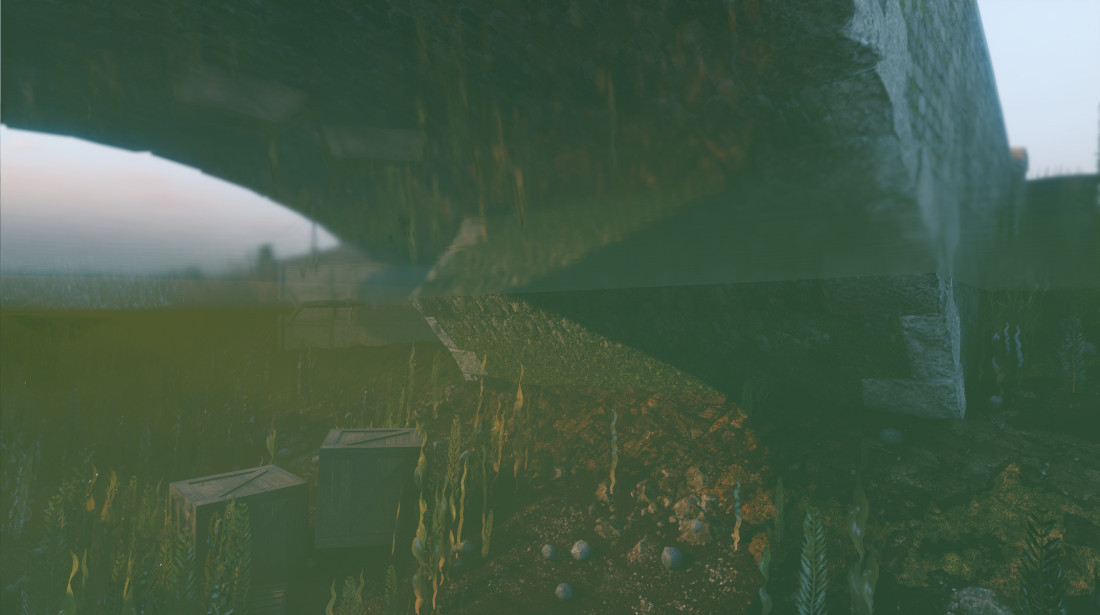
Water Interactions
Our list of improvements isn’t over yet. We’ve added several rules that determine the way water interacts with the environment. During rainfall the surface will be covered in ripples from thousands of rain drops. The new technology allows us to show a wide spectrum of weather conditions: from the way small objects interact with water to accurately representing waves or creating a real storm.
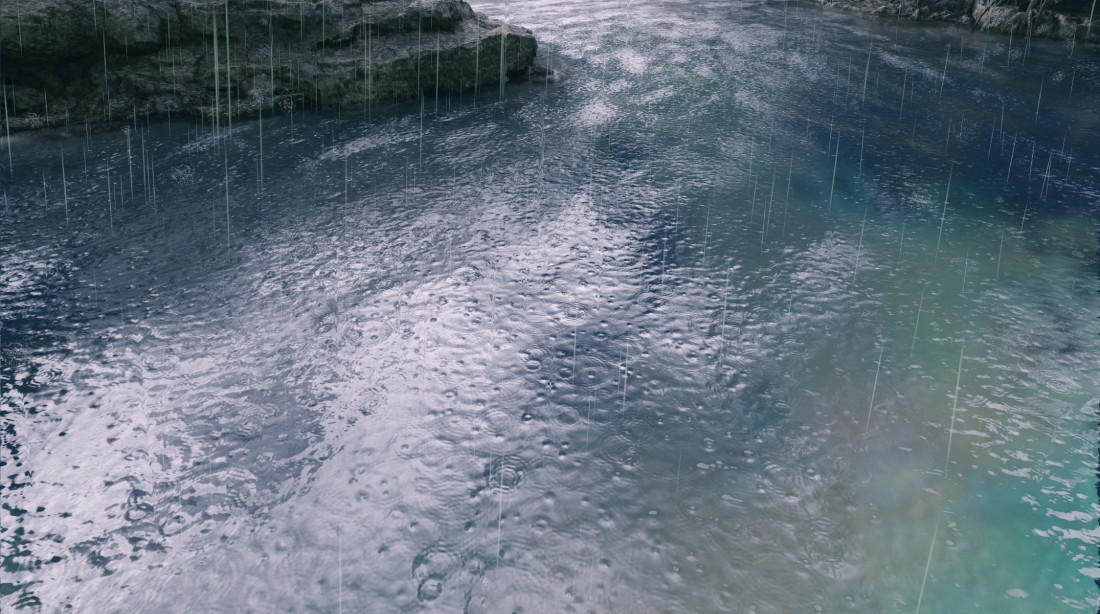
All manner of things will have a greater interaction with with water now, it goes without saying that vehicles driving across the shallows, the amphibious tank that’s fallen over into the water or a motor boat that sweeps by will leave strong waves, and in the places with the most intense interaction the water will foam too.
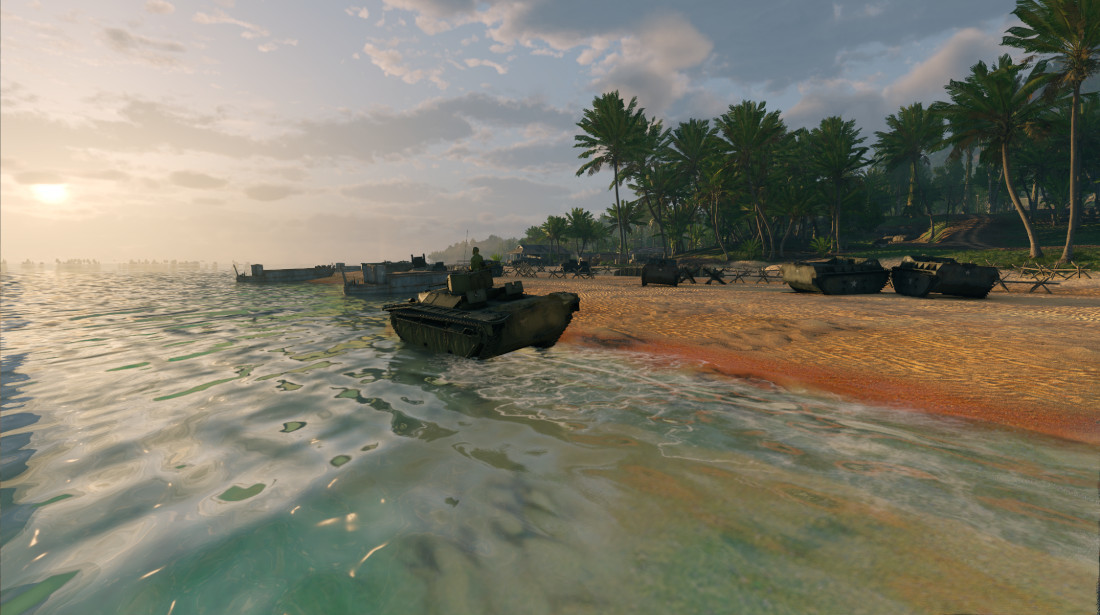
Height Map of Water Surfaces
And finally. The new mechanism of the height map allows us to create separate reservoirs that aren’t connected to the zero point of the “ocean level”. This feature will be especially useful in the campaigns where the sea meets rivers and lakes.
